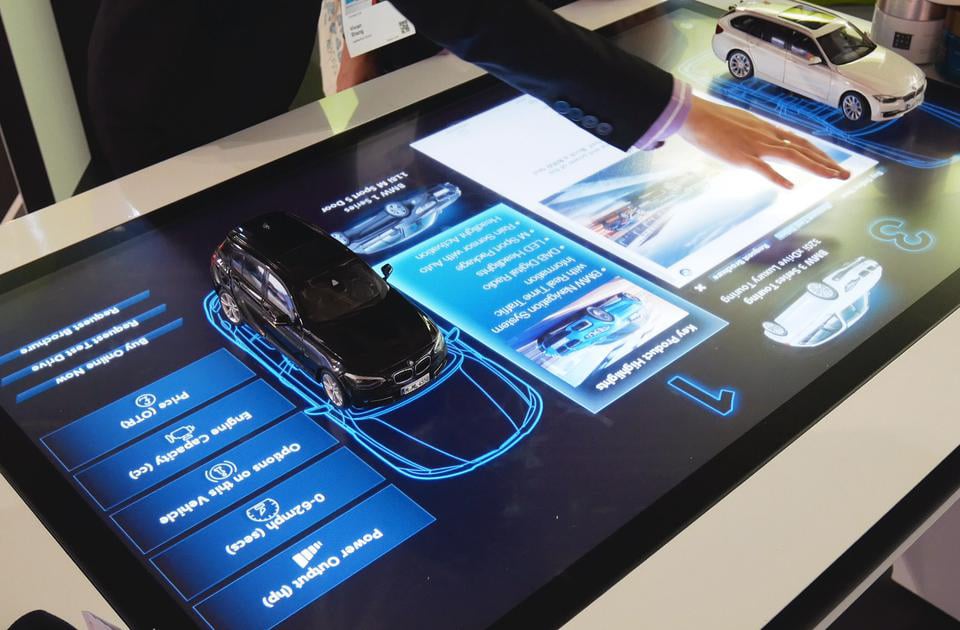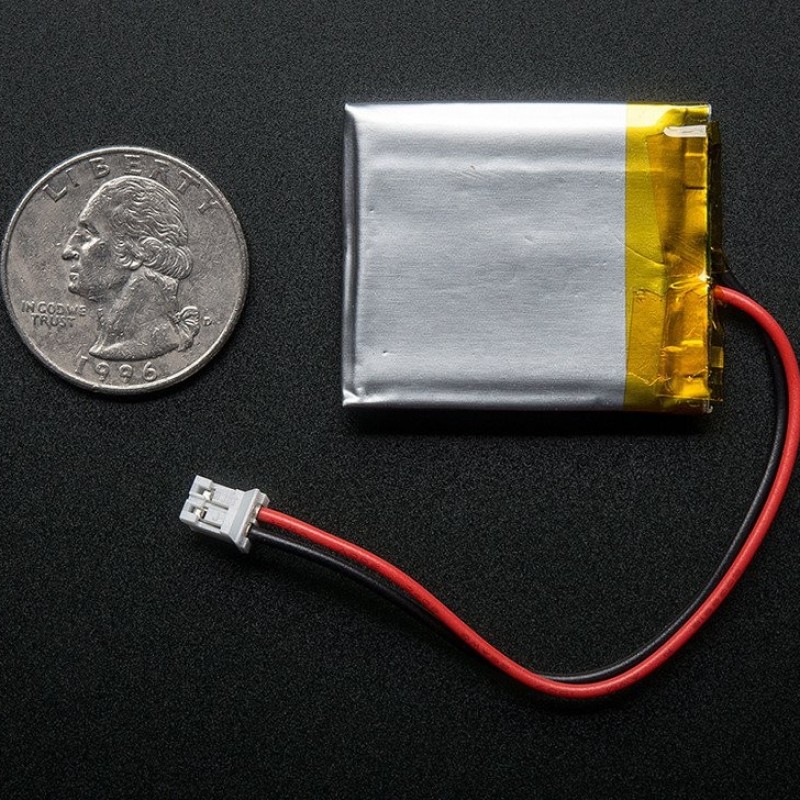

We looked at two possible approaches for integrating audio into a multitouch table. By relegated a visitor to an audio button system, you are essentially isolating them from the more compelling qualities that are inherent in multitouch and multiuser exhibits.

The experience is both physical and social. On a large multitouch table multiple visitors can interact simultaneously with physical multitouch gestures. Also, more importantly, the experience that visitors would have would be a fundamentally different than interacting directly on the table itself. However, this approach would essentially require developing an additional stand-alone, audio exhibit. Our group discussed the possibility of developing a similar system as an adjunct element on the side of a multitouch table or nearby the installation. At the Museum of Science in Boston most kiosks have standard set of buttons for descriptive audio with a “hearphone “– an audio handset, along with another set of buttons that are used for navigation. This feature has allowed blind, low-vision, and non-reading museum visitors to access content. In particular, we looked at developing an assistive audio layer for a multitouch table exhibit.įor many years, kiosks have been made more accessible by adding audio descriptive layers, commonly activated by a push button. I want to start this process by sharing some of the findings from our breakout group, which over the course of a day-and-a-half, explored the challenges in creating audio descriptions for multitouch / multiuser exhibits. In the next few weeks, we will share a number of findings from the workshop, which was held as part of the NSF-sponsored Creating Museum Media for Everyone (CMME) project.
#MULTITOUCH AUDIO TABLE SOFTWARE#
Until finer software can be developed to make it the next Home Entertainment Centre, the Multi Touch Table can be used in the same way as you would use a computer, except that it can be as big as a 50” screen, making it ergonomically friendly and highly attractive for the home.Multitouch Table Exhibit with Audio Layer PrototypeĪs I mentioned in my previous post, Open Exhibits Lead Developer, Charles Veasey and I attended a workshop at the Museum of Science in Boston this week that explored accessibility issues in computer-based exhibits.

#MULTITOUCH AUDIO TABLE WINDOWS#
This is clearly "the next generation" of Windows Media Center. In future, it will enable you to control all of your media, choosing between web, audio and video at the touch of a button, right from your armchair. This is the technology of the future and can be adapted to sit as a wall screen or a coffee table.

It reduces hard copy draughts and can be easily shared with teams and clients who can participate in making tweaks and changes to design and plans. It is the breakthrough that design professionals have been waiting for as they can now manipulate designs the way you manipulate paper, but with all the advantages of digital media. In the current economic climate, where advertising or marketing budgets are continuously slashed, agencies, media buyers and advertisers place a high priority on interactive media, regarding it as one of the most cost-effective ways to create all-important ties and consumer buy-in. The Multi Touch Table is the next buzz technology to hit Europe because of its modern and easy-to-use features and its limitless content possibilities. This new interactive technology can be compared to a giant version of the i-phone or i-touch: images, video and internet site windows can be zoomed, rotated and played simultaneously. New to hit Europe, the Multi Touch Table is an advanced system where multiple users can visualise, navigate and analyze large amounts of information.


 0 kommentar(er)
0 kommentar(er)
